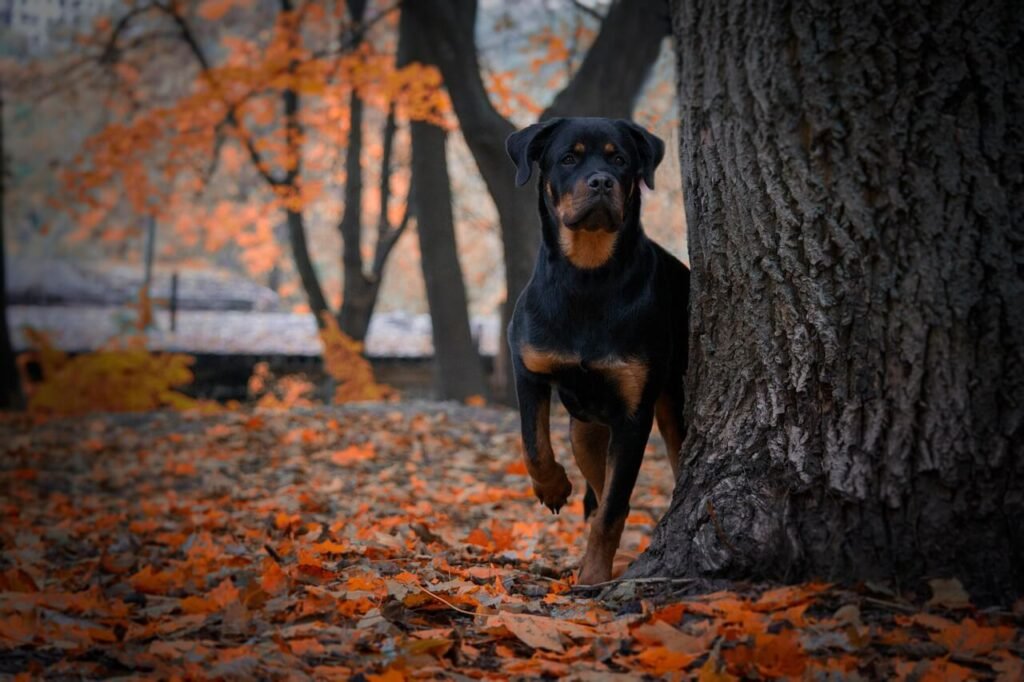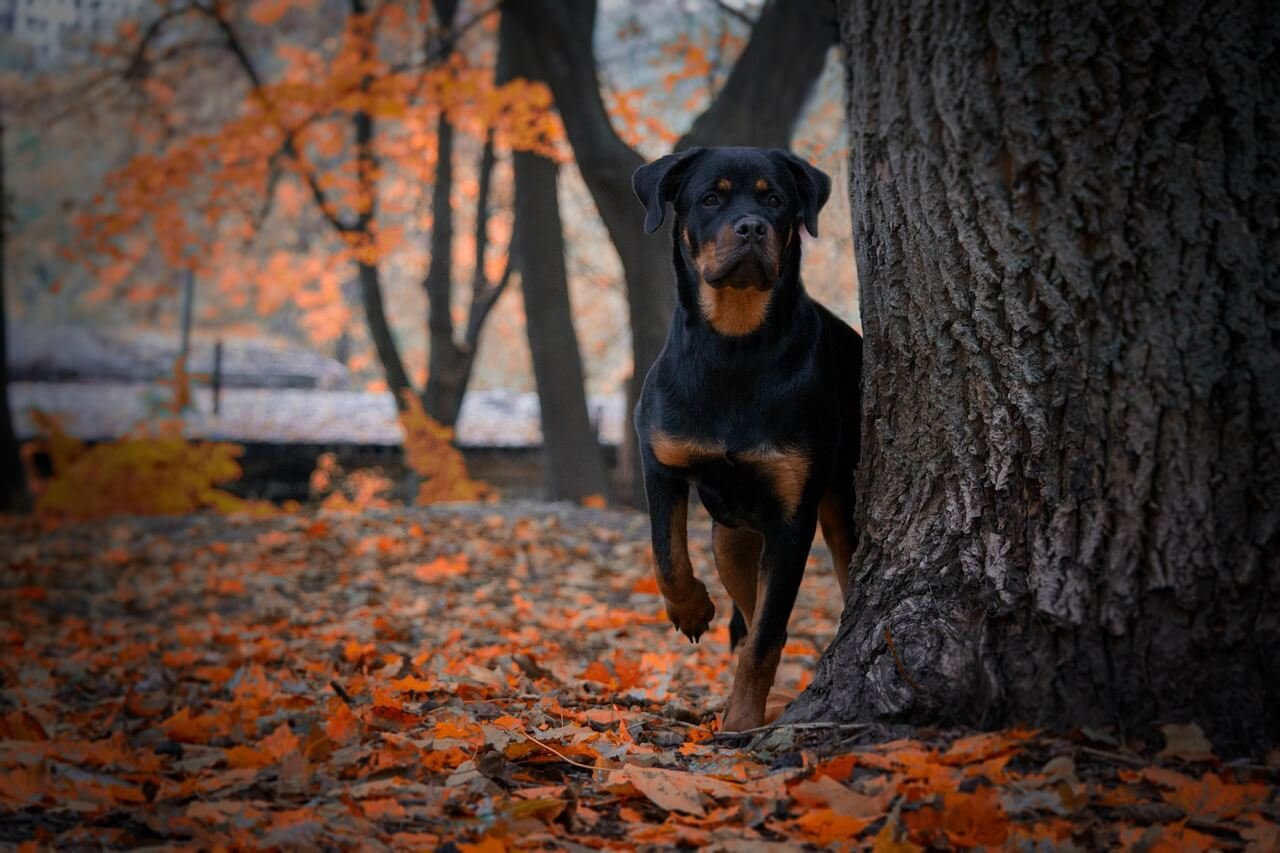Understanding Histiocytoma in Dogs: A Closer Look at Cytology
If you’ve noticed a small, raised bump on your dog’s skin, it’s natural to feel concerned. One common cause of such growths is a histiocytoma, a benign tumor that often affects younger dogs. While these growths may look alarming, they are typically harmless and tend to resolve on their own. However, understanding the role of cytology in diagnosing histiocytomas can provide peace of mind and ensure proper care for your furry friend. In this article, we’ll explore what histiocytomas are, how cytology helps identify them, and what pet owners need to know about managing this condition.
What Is a Histiocytoma? Key Characteristics
A histiocytoma is a type of skin tumor that originates from histiocytes, which are immune cells found in the skin. While it may sound intimidating, this growth is usually benign and self-limiting. Here are some key characteristics of histiocytomas:
Commonly appears as a firm, round, hairless lump on the skin.
Typically found on the head, ears, or limbs of young dogs.
Often smooth and red or pink in color.
Rarely causes discomfort unless irritated by scratching or licking.
Most cases resolve spontaneously within a few months.
Understanding these traits can help pet owners recognize a potential histiocytoma and avoid unnecessary worry. If you notice any unusual growth on your dog, consulting a veterinarian is always the best course of action.
The Role of Cytology in Diagnosing Histiocytomas
Cytology plays a crucial role in diagnosing histiocytomas and distinguishing them from other types of skin growths. By examining cells under a microscope, veterinarians can confirm whether a lump is indeed a histiocytoma or if further investigation is needed. Here’s how cytology contributes to the diagnostic process:
Involves collecting a small sample of cells using a fine needle aspirate (FNA).
Allows veterinarians to identify characteristic histiocytic cells.
Helps rule out malignant tumors or infections that may mimic histiocytomas.
Provides quick results without the need for invasive procedures.
Guides treatment decisions, especially in cases where surgical removal might be necessary.
Cytology is a valuable tool in ensuring an accurate diagnosis, offering clarity and reassurance to pet owners. With this information, veterinarians can recommend the most appropriate course of action for your dog’s health.
Check this guide 👉Understanding Dog Salivary Gland Cancer: Best 7 Health Tips!
Check this guide 👉Understanding Uveodermatologic Syndrome in Dogs: Best 7 Tips
Check this guide 👉Understanding Dog Mouth Cancer Life Expectancy: Best 7 Tips!

Feature | Histiocytoma |
|---|---|
Appearance | Smooth, round, hairless lump |
Location | Often on head, ears, or limbs |
Age Group Affected | Primarily young dogs |
Growth Behavior | Benign and self-resolving |
Treatment Required | Usually none; surgery only if persistent |
Feature | Other Skin Growths |
|---|---|
Appearance | Varies (e.g., irregular, pigmented) |
Location | Can occur anywhere on the body |
Age Group Affected | Any age |
Growth Behavior | May be benign or malignant |
Treatment Required | Depends on diagnosis |
Managing a Histiocytoma: What Pet Owners Should Know
While histiocytomas are generally harmless, managing them involves monitoring and, in some cases, veterinary intervention. Here’s what pet owners should keep in mind:
Monitor the growth for changes in size, color, or texture over time.
Prevent your dog from licking or scratching the area to avoid infection.
Schedule regular check-ups with your veterinarian to track progress.
Consider surgical removal if the growth persists beyond several months.
Stay calm and patient, as most histiocytomas resolve without treatment.
By staying informed and proactive, you can ensure your dog receives the best possible care while minimizing stress for both of you.
When to Seek Veterinary Advice
Although histiocytomas are typically benign, certain signs warrant immediate veterinary attention. Recognizing these red flags can help prevent complications. Here’s when to consult your vet:
The growth becomes ulcerated, bleeding, or infected.
Your dog shows signs of pain or discomfort around the lump.
The histiocytoma grows rapidly or changes significantly in appearance.
Multiple lumps appear simultaneously across the body.
You notice systemic symptoms like lethargy or loss of appetite.
Early intervention ensures your dog’s well-being and provides clarity about the nature of the growth. Trust your instincts and seek professional guidance whenever you’re unsure.
Common Misconceptions About Histiocytomas
Despite their benign nature, histiocytomas are often misunderstood by pet owners. Clearing up these misconceptions can help alleviate unnecessary worry and ensure proper care. Here are some common myths and facts about histiocytomas:
Myth: Histiocytomas are always cancerous.
Fact: Histiocytomas are typically benign and self-limiting growths that rarely pose a health risk.
Myth: All skin lumps in dogs require immediate removal.
Fact: Many skin lumps, including histiocytomas, resolve on their own without surgical intervention.
Myth: Histiocytomas only affect older dogs.
Fact: These growths are more commonly found in young dogs under three years of age.
Understanding the truth about histiocytomas can empower pet owners to make informed decisions about their dog’s health and avoid unnecessary panic.
Signs That Your Dog May Have a Histiocytoma
While histiocytomas are usually harmless, recognizing their early signs can help you seek timely veterinary advice. Here are some indicators that your dog may have a histiocytoma:
A small, raised bump that appears suddenly on the skin.
The lump is smooth, round, and lacks hair.
The growth is firm to the touch but not painful when pressed.
It’s located on areas like the head, ears, or limbs.
The lump doesn’t seem to bother your dog unless irritated.
If you notice any of these signs, it’s a good idea to consult your veterinarian for a proper diagnosis. Early identification can rule out other potential issues and provide peace of mind.
Preventive Measures for Skin Health in Dogs
While histiocytomas cannot always be prevented, maintaining your dog’s overall skin health can reduce the likelihood of other skin-related issues. Here are some preventive measures to consider:
Regularly groom your dog to monitor their skin for unusual changes.
Ensure your dog has a balanced diet rich in essential nutrients for skin health.
Keep your dog’s environment clean to minimize exposure to irritants or allergens.
Schedule routine vet check-ups to catch potential problems early.
Protect your dog from excessive sun exposure, which can harm their skin.
By taking these steps, you can support your dog’s skin health and create a strong foundation for their overall well-being. Prevention is always better than cure, even for conditions like histiocytomas.
Frequently Asked Questions About Histiocytomas in Dogs
What causes histiocytomas in dogs?
The exact cause is unknown, but they are believed to result from abnormal proliferation of histiocytes in the skin.
Are histiocytomas painful for dogs?
Generally, no. They are usually painless unless irritated or infected.
Can histiocytomas spread to other parts of the body?
No, histiocytomas are localized and do not metastasize.
How long does it take for a histiocytoma to disappear?
Most resolve within 2–3 months, though some may take longer.
Is surgery always necessary for histiocytomas?
Not necessarily. Surgery is only recommended if the growth persists or causes issues.
Final Thoughts: Staying Informed and Empowered
Histiocytomas are a common yet manageable condition in dogs, and understanding their nature through cytology can make all the difference. By staying vigilant, seeking professional advice when needed, and maintaining open communication with your veterinarian, you can ensure your dog remains healthy and happy. Remember, knowledge is power—especially when it comes to caring for your beloved companion. Keep an eye on any changes, trust the diagnostic process, and rest assured that most histiocytomas pose no long-term threat to your dog’s well-being.
Understanding Cryptosporidium in Cats: Best 7 Expert Tips! – Spot symptoms, treat safely, and stop parasite spread in your home.
Understanding Cryptosporidium in Dogs: Best 7 Expert Tips! – Learn symptoms, treatment & prevention for this stubborn gut parasite.
Understanding Syringomyelia in Cats: Best 7 Expert Tips! – Recognize signs, manage pain, and support your cat’s neurological health with vet-backed guidance.
Understanding Syringomyelia in Dogs: Best 7 Expert Tips! – Expert insights on symptoms, MRI diagnosis, pain management & quality of life.





